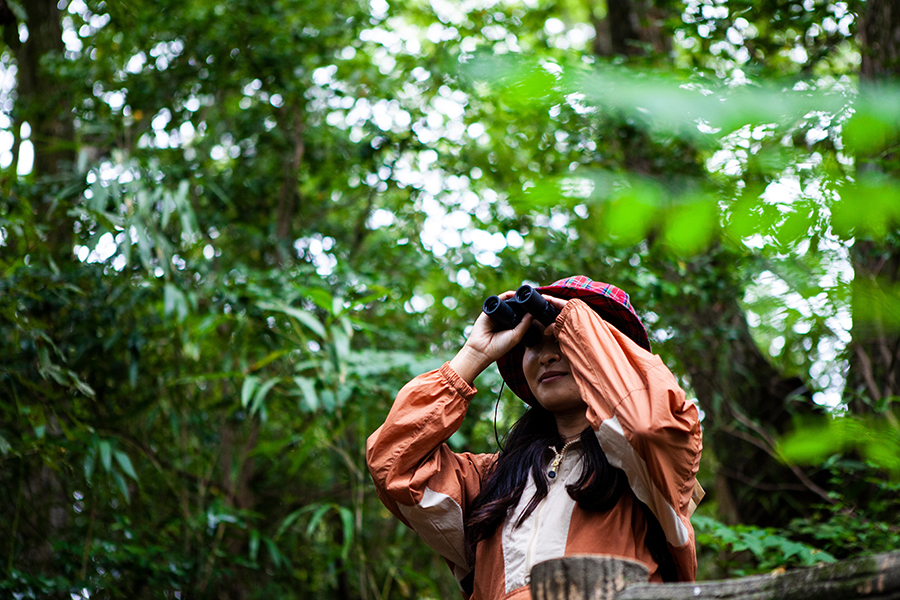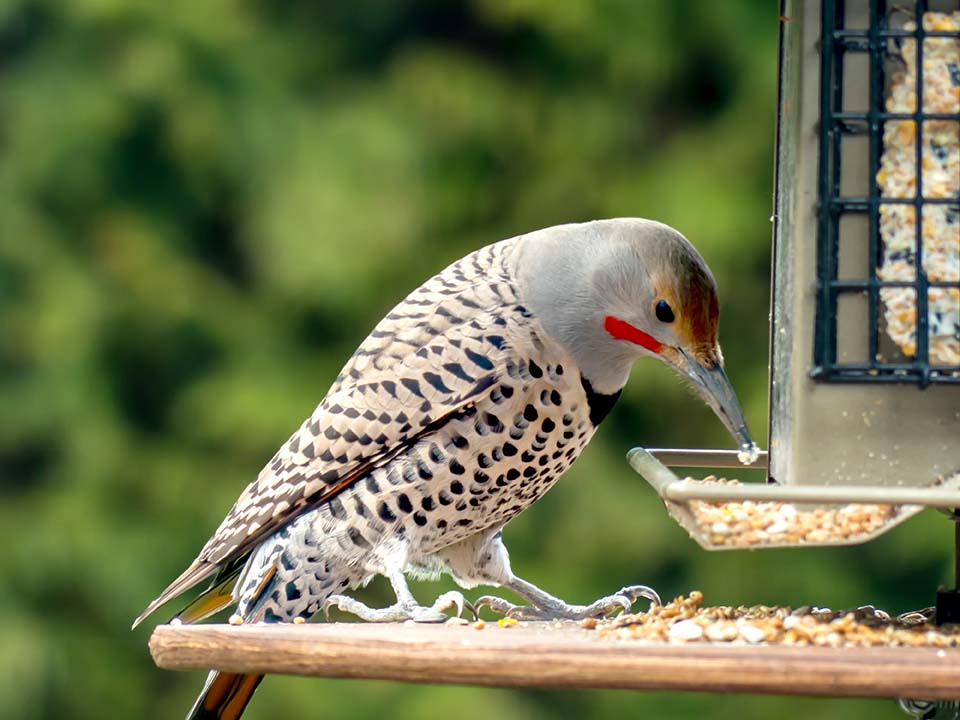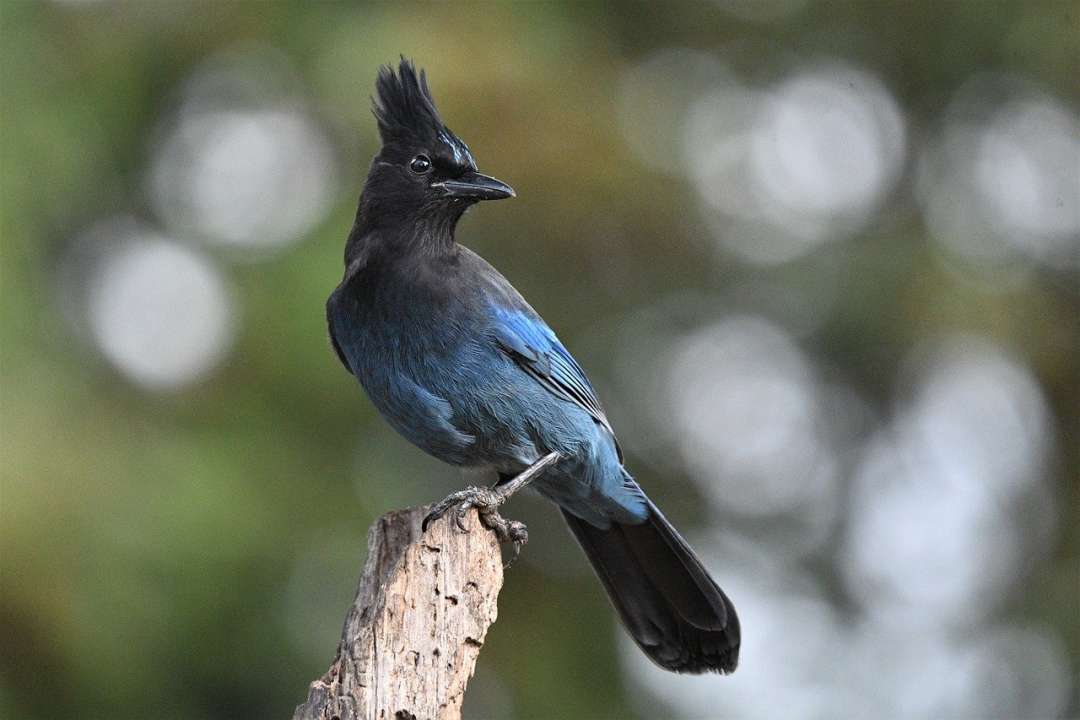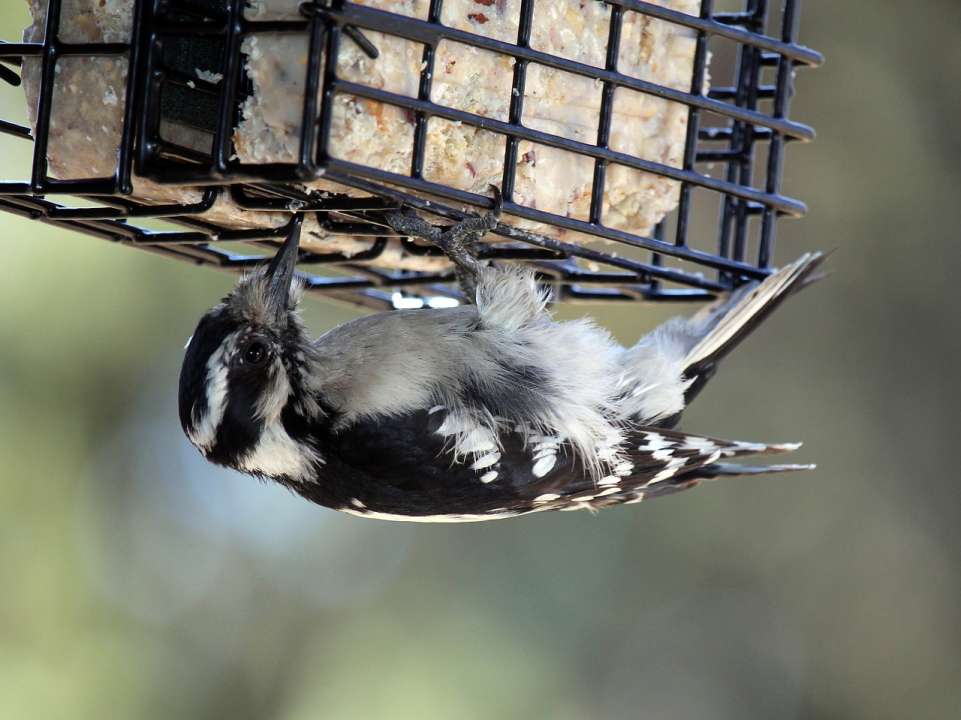Feeding Birds In The Fall
By Myrna Pearman, Mother Nature’s Naturalist and Backyard Birding Expert
As summer gives way to fall, with changing colours, shorter days and cooler temperatures, many people give more thought to their backyard birds. September is a special month of the year because yards and gardens host both migrating and resident birds.

Migrating species that pass through our neighbourhoods are typically insectivorous, so the best way to support them on their way south is to provide them with suitable habitat (food, water and shelter). Most migrants will glean their own food, but some may also stop and dine at a feeding station; however, it is important to remember that supplemental food will not hinder or delay normal migration patterns. Migration cues are typically based on hours of daylight and other factors, not on food supply.
Resident bird species are typically more flexible in their dietary requirements, so while they continue to eat insects where available, they will also add seeds, grains, fruit, berries, suet and other food items to their diet. If you haven’t been feeding over the summer, September is the ideal time to start because feeders set out at this time of year will be discovered by resident species, some of which may organize their winter territories to include well-stocked feeding stations.

To maximize the effectiveness of your bird feeding stations, use tube or hopper feeders—which keep the seeds protected from the elements—placed near shrubs where the birds can quickly find cover should predators appear. If cats lurk around your yard, place the feeders high enough to be out of reach, and further protect ground-feeding birds with a circle of wire mesh. To reduce window strikes, keep the feeders closer than 1 metre or farther than 4 metres from your windows, and mark up the windows with decorative window silhouette clings or other visible elements, or by hanging streamers in front of the glass.

Buckerfield’s has a wide variety of high quality, premium seeds and seed blends that will attract a wide variety of backyard birds. Sunflower seeds, either whole, chipped or included in blends, are the best option. Other top offerings include peanuts (shelled and unshelled) as well as other nuts. Millet is a good seed to add during the fall and into the winter on the west coast, as both resident and migrating native sparrows will relish it. Although it is not a preferred seed, safflower seeds can be offered if squirrels are an issue. An even better way to deal with troublesome squirrels is to serve seed from squirrel-proof feeders. Avoid cheap bird seed blends that contain non-palatable milo and cereal grains.

Suet (animal fat) should be offered to complement the seeds. Suet cakes served up in metal dispensers are an easy and mess-free way to offer this important energy-rich food.
Finally, a water source, which will be used for both drinking and bathing, is also important for both migrants and residents. Water, which should be kept fresh, can be offered from a small bird bath, a container water garden or even a large inground pond.
After the busyness and activity of summer, September is a wonderful time to not only watch the migrating birds pass through your yard, but to also set up feeding stations to encourage some of the resident feeder birds to call your yard home for the winter.
Have more questions? Visit your local Buckerfield's and we'll be happy to help!



